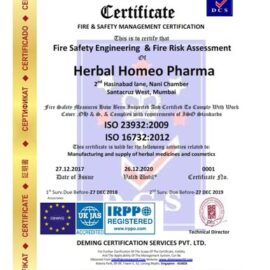Description
Kaizen Japanese for “improvement”, or “change for the better” refers to philosophy or practices that focus upon continuous improvement of processes in manufacturing, engineering, and business management. It has been applied in healthcare,psychotherapy, life-coaching, government, banking, and other industries. When used in the business sense and applied to the workplace, kaizen refers to activities that continually improve all functions, and involves all employees from the CEO to the assembly line workers. It also applies to processes, such as purchasing and logistics, that cross organizational boundaries into the supply chain. By improving standardized activities and processes, kaizen aims to eliminate waste (see lean manufacturing). Kaizen was first implemented in several Japanese businesses after the Second World War, influenced in part by American business and quality management teachers who visited the country. It has since spread throughout the world and is now being implemented in many other venues besides just business and productivity.
The Toyota Production System is known for kaizen, where all line personnel are expected to stop their moving production line in case of any abnormality and, along with their supervisor, suggest an improvement to resolve the abnormality which may initiate a kaizen.
The PDCA cycles[8]
The cycle of kaizen activity can be defined as:
- Standardize an operation and activities.
- Measure the standardized operation (find cycle time and amount of in-process inventory)
- Gauge measurements against requirements
- Innovate to meet requirements and increase productivity
- Standardize the new, improved operations
- Continue cycle ad infinitum
This is also known as the Shewhart cycle, Deming cycle, or PDCA. Other techniques used in conjunction with PDCA include 5 Whys, which is a form of root cause analysis in which the user asks “why” to a problem and its answer five successive times. There are normally a series of root causes stemming from one problem,[9] and they can be visualized using fishbone diagrams or tables.
Masaaki Imai made the term famous in his book Kaizen: The Key to Japan”s Competitive Success.[citation needed]
Apart from business applications of the method, both Anthony Robbins[citation needed] and Robert Maurer have popularized the kaizen principles into personal development principles. In the book One Small Step Can Change Your life: The Kaizen Way, and CD set The Kaizen Way to Success, Maurer looks at how individuals can take a kaizen approach in both their personal and professional lives.[10][11]
In the Toyota Way Fieldbook, Liker and Meier discuss the kaizen blitz and kaizen burst (or kaizen event) approaches to continuous improvement. A kaizen blitz, or rapid improvement, is a focused activity on a particular process or activity. The basic concept is to identify and quickly remove waste. Another approach is that of the kaizen burst, a specific kaizen activity on a particular process in the value stream.
Additional Information:
- Pay Mode Terms: L/C (Letter of Credit),D/A,D/P,T/T (Bank Transfer),Western Union





Reviews
There are no reviews yet.